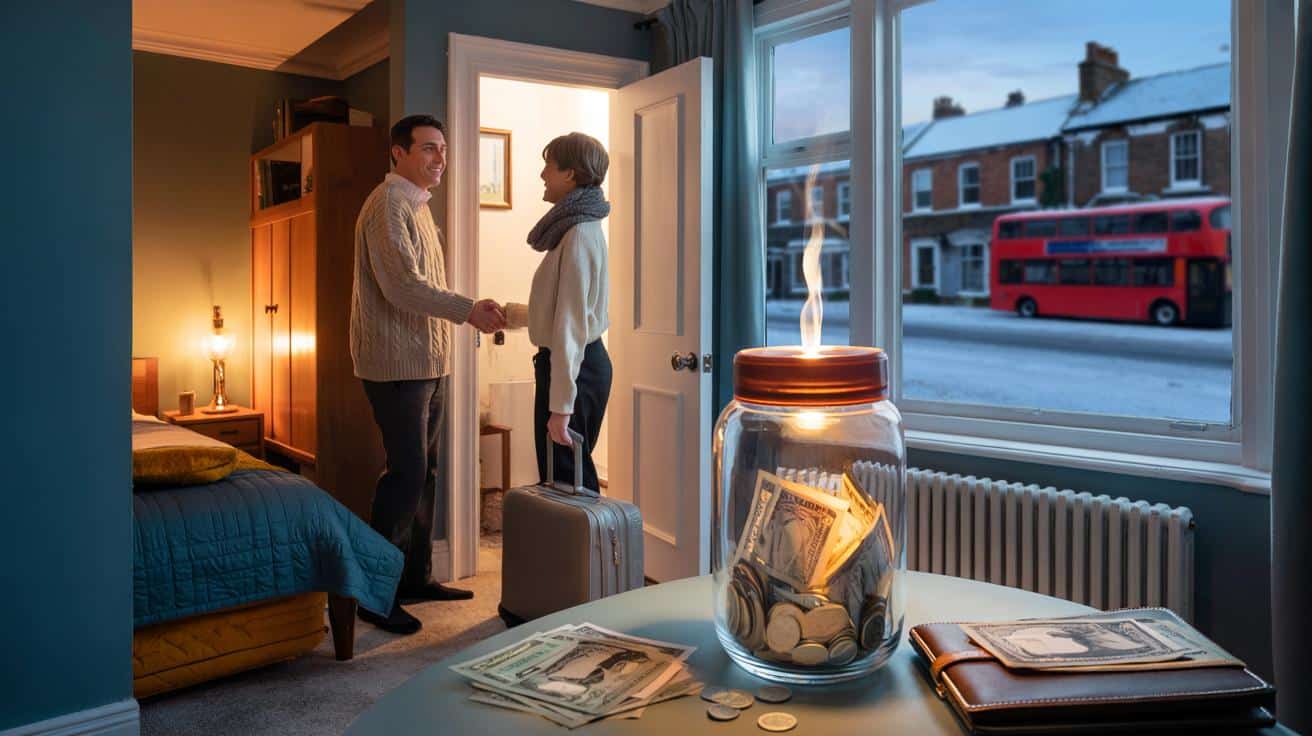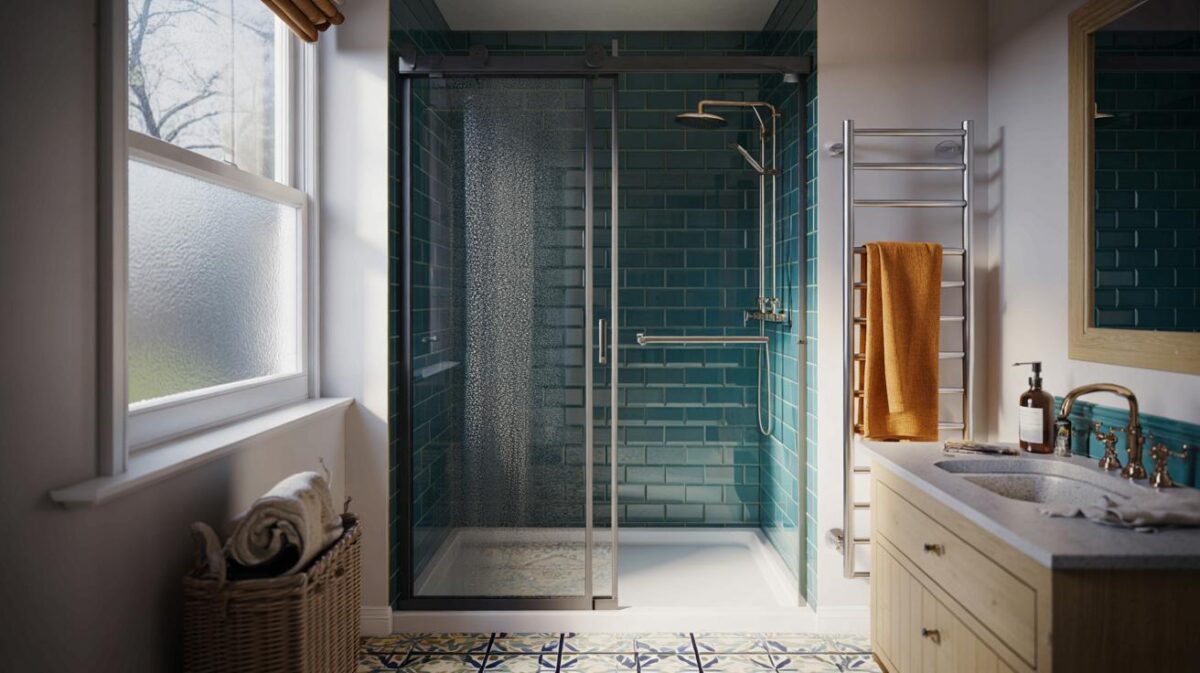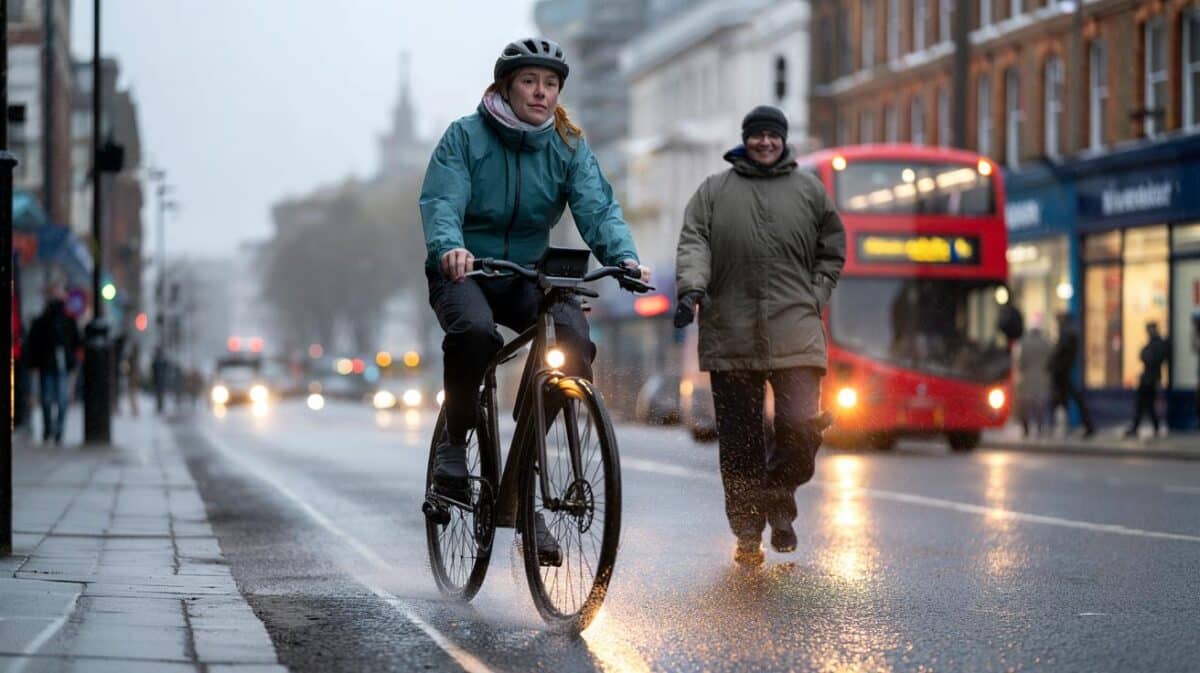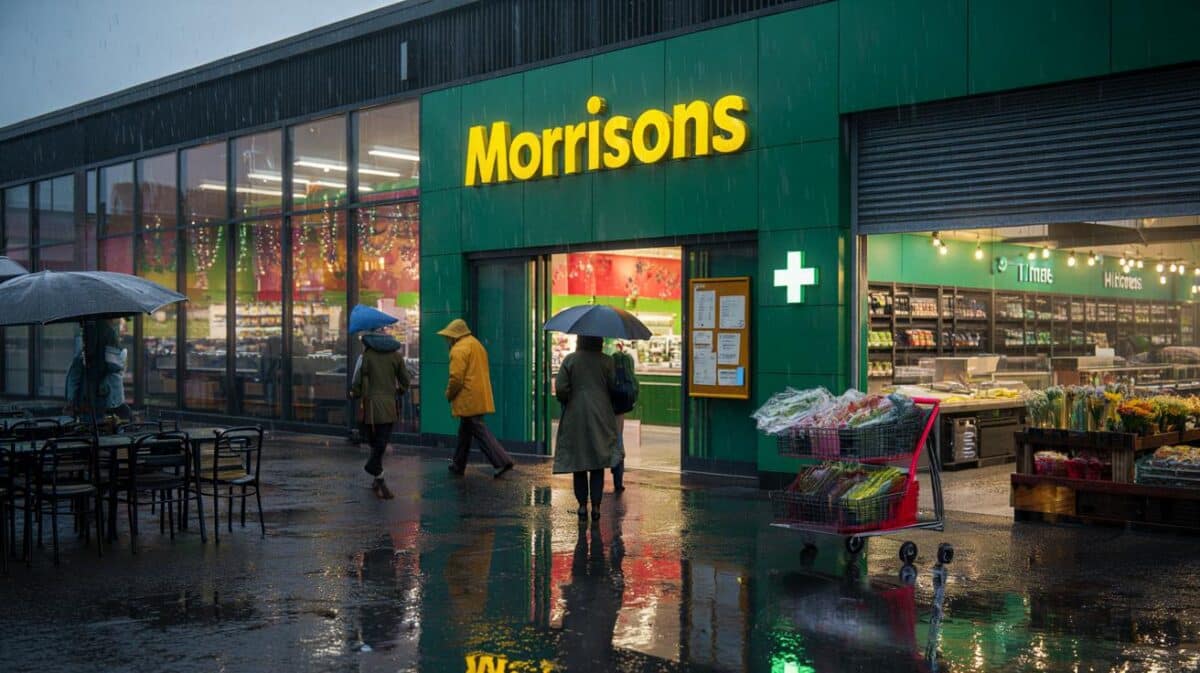One little-known scheme lifts how much you keep before tax bites.
The income tax freeze that began in 2021 is still in place and is slated to run until at least 2028. As pay packets edge higher with inflation, more workers drift into higher bands, a drag that feels anything but technical when your take-home shrinks.
There is a legal way to soften that squeeze while energy bills and rents remain stubborn. It boosts your tax-free income to £20,070 without touching the frozen thresholds. Curious yet.
The frozen bands driving fiscal drag and why this matters now
The standard Personal Allowance sits at £12,570. You start paying 20 percent income tax once you cross that level and up to £50,270. Higher-rate tax then kicks in at 40 percent above £50,270. For additional rate payers, the slice above £125,140 is taxed at 45 percent.
Those bands have not moved since 2021. With prices and wages rising through 2024 and into this winter, more people land in higher bands without feeling any richer. Economists call it fiscal drag. Households call it less money left each month.
Against that backdrop, flexible allowances matter more. Not loopholes, just rules that work with the way we live now.
The Rent a Room allowance that lifts your tax-free total to £20,070
Enter Rent a Room. If you let a furnished room in your main home, you can earn up to £7,500 a year tax free. Add that to the £12,570 standard allowance and your tax-free total reaches £20,070. For anyone with a spare bedroom, that can be the difference between scraping by and breathing room.
The scheme only applies to your primary residence. It does not cover separate buy to let properties or whole-house lets. The room must be furnished and used as accommodation, not just occasional storage. If you share the rent with a joint owner or partner, the allowance is split, which means £3,750 each.
If your rental income from the room stays below the allowance, the relief applies automatically and no tax is due on that portion. Go above it and you need to file a self assessment return. At that point you can either claim the allowance or opt out and be taxed on your net profit after allowable expenses. That second route sometimes suits live-in landlords who have had an unusual loss, say heavy repairs after damage, and want to offset costs properly. Most people keep it simple.
Who qualifies and the small print that catches people out
Timing helps. With winter costs rising and students searching for digs, many households are already hosting a lodger for short stays, Monday to Friday lets or longer agreements. The scheme covers all those patterns as long as it is your home and the space counts as furnished accommodation.
- Main home only, furnished room, and not a separate buy to let property
You can let as much of your home as you want while you live in it. The allowance does not stack with other property income reliefs on the same receipts, so keep records clean and choose the route that suits your figures. If you earn more than the threshold from the room, you report it on your tax return and either claim the fixed relief or opt out and declare income and expenses in the property pages. If your share of the income is below the split threshold, you do not need to do anything to claim and the exemption applies automatically.
Plenty of live-in landlords ask whether short-term platforms qualify. The scheme focuses on the room and the fact it is in your only or main home, not the booking method. Nights booked are still nights in your home. Keep proof of occupancy, dates and payments. A simple spreadsheet will do. Alot of headaches are avoided with tidy notes.
The broader tax picture matters here. With the personal allowance frozen, many workers who never used to file a return now drift into higher rate. If that is you and you also host a lodger, plan early. If your room income stays at or below £7,500, the allowance covers it and you owe nothing on that slice. If it exceeds the threshold, declare it and decide whether to use the fixed relief or the expense route. That choice can change year to year if costs fluctuate.
There is one more wrinkle. You can opt out of Rent a Room even if your takings are below the allowance. That rarely makes sense unless you want to carry forward a loss tied to the room and offset it against other taxable property income. For someone with a small portfolio where a lodger space needed major refurbishment, the detailed expense method might work out better in that particular year.
In practice, many households prefer the clarity of the fixed allowance. A well priced room can bring in up to £625 a month before tax becomes an issue, which is enough to chip away at a mortgage or cover utilities. And because this is separate from your Personal Allowance, it does not push your salary into a higher band by itself. It just keeps more of your household income in your hands during a tough winter.









